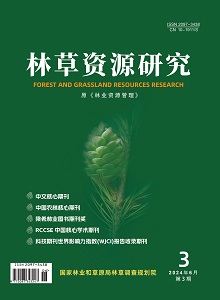The large amount of carbon is stored in urban forest biomass which is the basic data reflecting the function of urban forest ecosystem.In view of the characteristics of high fragmentation,aggregation and heterogeneity,urban forest in Jiangning District,Nanjing,was taken as the research object,while the data of forest resource management survey in 2013 were collected as the main information source.Followed by the analysis of general surface properties of sampling population,taking two approaches of traditional and spatial sampling,seven sampling methods of forest biomass in the study area,such as simple random sampling and spatial stratification sampling,spatial balanced sampling were conducted.Several indicators of accuracy,cost,correlation and deviation were calculated to evaluate the performance of seven sampling methods.The results show that:(1)From the viewpoint of sampling cost,the survey cost of spatial stratified sampling and sandwich sampling is the lowest; (2)From the sampling error and accuracy,the spatial sandwich sampling error is the smallest and the accuracy is the highest,while the spatial simple sampling error is the largest and the precision is the lowest; (3) For spatial correlation,there is no spatial correlation between sampling points of spatial sampling; (4) As to estimation error,the estimation deviation of spatial balanced sampling and system sampling is the smallest,followed by the spatial stratified sampling and spatial sandwich sampling.Therefore,the spatial sandwich sampling and spatial balanced sampling can be given the top priority.

